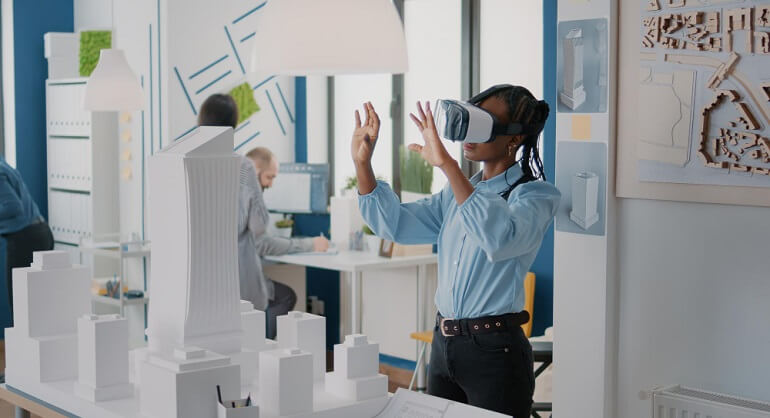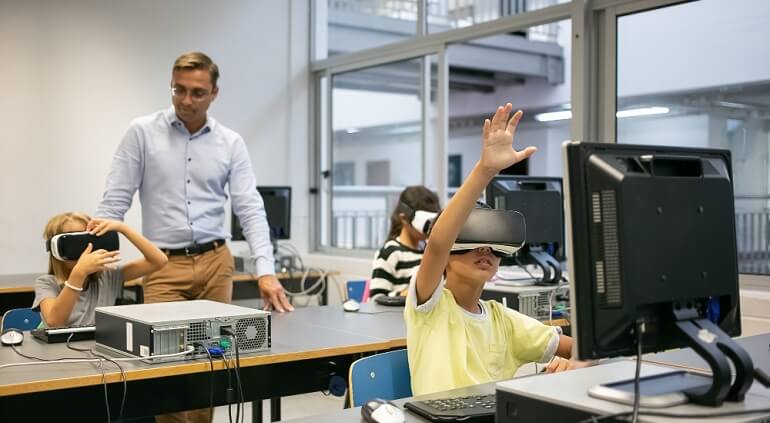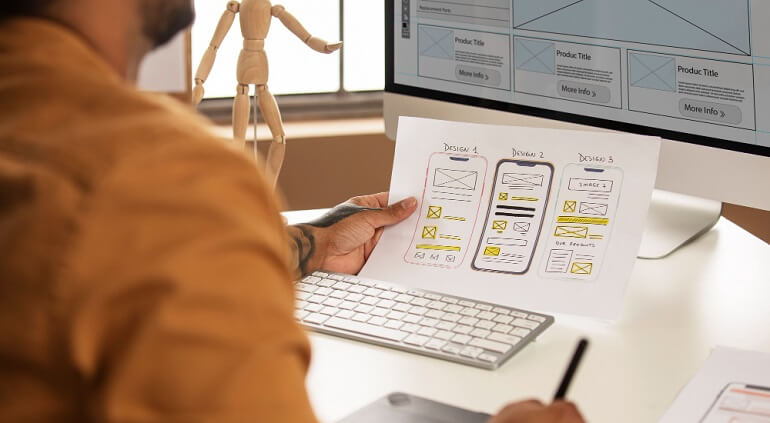Virtual reality used to be a cool new tool that we could only see in sci-fi movies. Today, it can be used for many things, and big names in the industry like Samsung, HTC, Microsoft, and Google have all released business VR goggles. Virtual reality, on the other hand, can be used for more than just fun. The worlds of design and building are being pushed to new heights by virtual reality. These are the main ways that VR helps the architecture field.
From drawing by hand to VR and 3D models
Hand drawing is where architectural representation got its start, and some veterans of the field can still remember doing it. In the past, schools taught it as an important skill for builders and civil engineers. The next step was hand rendering, which was easier but still very hard to do. The invention of Computer Aided Drafting (CAD), which made 3D Building Information Modelling possible, has saved a lot of time that would have been spent drawing by hand. We can easily improve a 3D model that was made for construction papers by adding photorealistic rendering. This changes how we see and interact with building models.
Getting a feel for VR space
Virtual reality gives us a better sense of where things are than any other tool we’ve seen. There is a gap between clients and architects that many people find hard to bridge. Architects are used to picturing the third dimension from 2D models. VR lets people who don’t have a “architect’s brain” get inside the model and feel the pace from the inside. It’s truly revolutionary to be able to experience every inch of a place before it’s even built. It also lets clients see how all the areas connect to each other, which is very important.
Speeding up the approval
A lot of the time, architects have great ideas that they can’t get across to clients. If you want to get a client’s approval, a drawing can help, but you may have to do it many times and do extra work. If you are already making a 3D model of the building for building plans, giving your client a VR tour will save you a lot of time. Having clients experience the end product in VR will immediately make them smarter and more likely to want to speed up the approval process.
Find secret problems
Another great thing about being able to experience a place through VR is that it can show designers and owners problems that they might not have seen otherwise. Those problems are probably with how the room looks or how it works for the owner, which is called user-experience. A virtual reality tour gives the design team and client a way to work together to find the best answer. This makes the building easier for people to use and more appealing to the eye of investors.
Unusual tool for marketing
Public and multi-family projects often need a lot of marketing. A high-end VR set can get people excited about a project and make it stand out from the rest. People who are interested in renting an apartment can virtually walk through them to get a feel for how each one will feel and how much room it has. Even though they are beautiful and uplifting, photos will never be able to fully capture the feeling of space that VR gives you. A possible tenant can decide from home if you offer virtual views of your space. They don’t have to come see it in person.
In the past few years, Virtual Reality building tours have become very popular. This is because mobile technology has improved and made high-resolution images easier for many people to access. It helps to bridge the gap between clients and architects by giving clients a natural and fully immersive experience of the place.



